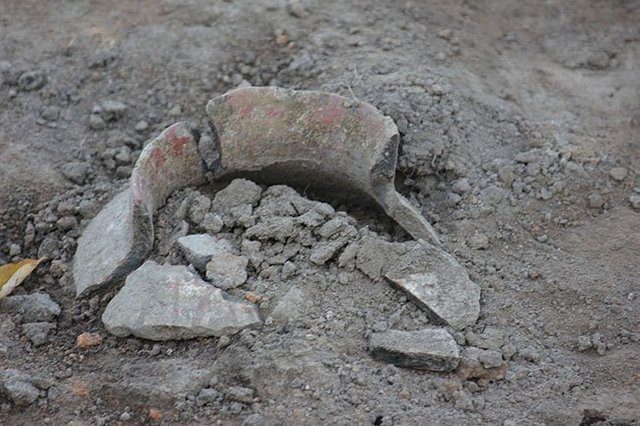A Brief History of Sofia
A person who first arrived in Sofia cannot even assume that this is one of the oldest cities in Europe.
A huge role in the historical fate of the city was played by its favorable geographical location: among the vast and high Sofia valley (hollow), fenced by the mountains of Stara Planina, Lyulin, Vitosha and Lozensk Planina.
In the Neogene period (5.332 million years ago), Sofiyskoto Pole was a freshwater lake, whose waters gradually flowed out through the Iskar River. The hollow is located in the center of the Balkan Peninsula, at the crossroads of important routes connecting Central Europe with the Near and Middle East.
This favorable geographical position, as well as a healthy temperate continental climate and fertile soil, became the reason for its settlement even in ancient times. The average altitude is 550 meters, the average annual air temperature is + 10 °.
The earliest traces of human settlement on the territory of modern Sofia date from the Neolithic. The remains of the early sites dating back to the 3rd millennium BC were found in today's quarter of the Geo Milev, when laying the collection channel there.

And these are already cleaned and preserved Neolithic pots in the Archaeological Museum.
During the work to reduce the level of the area of “9 Septemvri”, a settlement was discovered of the Copper-Stone Age, the second oldest in the territory of Sofia (II millennium BC).
In the first millennium BC, a Thracian settlement was founded, located near mineral springs. Probably, the warm mineral waters attracted the Thracians and became the reason for creating here a permanent place to live. The opening of this settlement is connected with the post-war development of the city.
Such archaeological excavations were previously impossible, because the parking lot is located at a great depth from 3 to 9 meters under the modern city. The bombing in January-March 1944 severely destroyed the center of Sofia, which led to its reconstruction - in place of the very damaged buildings, new ones had to be reimbursed. These are the "Presidency", the Central Department Store, the Ministerial Council and the Party House.
Together with the preparation of the site, the Archaeological Institute and the Bulgarian Academy of Sciences undertook archaeological research of the ancient and medieval city - Ulpiya Serdika.
During these studies, the remains of a settlement were found, which, unlike the aforementioned remains, was already stone, and not built from rods and clay.
According to historical data, in the Sofia field in the first millennium BC there lived a Thracian tribe of Cerd. They were one of those tribes that resisted the Roman invasion for the longest time, but were conquered at the end of the first century (29 BC).
The Romans, excellent builders and administrators, immediately appreciated the enormous importance of this settlement and within two hundred years turned it into a flourishing Roman city, which was named after the local Thracian tribe of the Serdians - Serdika.
Thank you for your time and attention.
Follow me for more content to come!
With love from Bulgaria @varya-davydova
Congratulations, Your Post Has Been Added To The Steemit Worldmap!
Author link: http://steemitworldmap.com?author=varya-davydova
Post link: http://steemitworldmap.com?post=a-brief-history-of-sofia
Want to have your post on the map too?